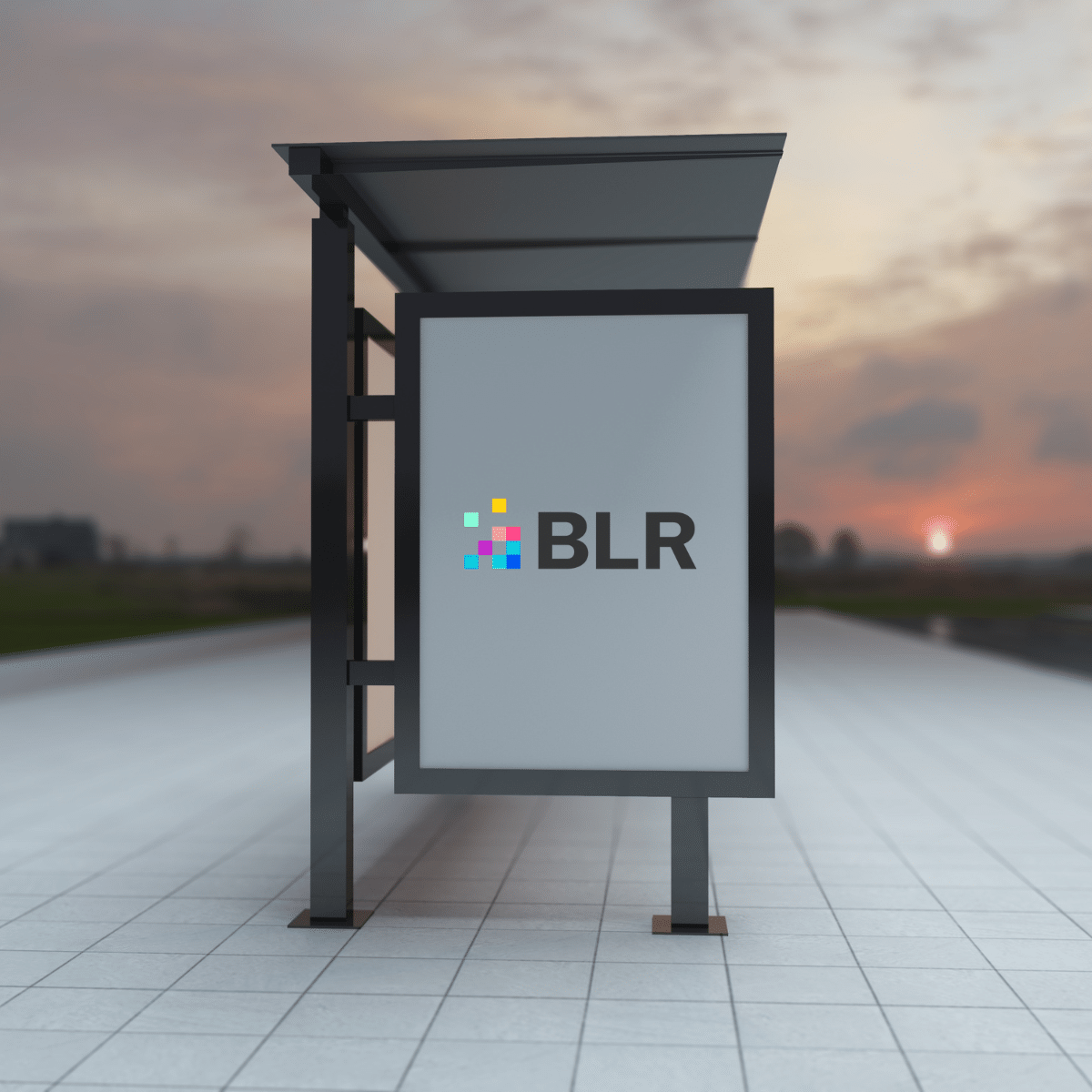The Power of OOH Advertising

Out-of-Home (OOH) advertising provides an effective method to engage consumers within their daily environments. Outdoor advertising through billboards to transit ads remains essential for marketing approaches across both retail and entertainment sectors. And it’s growing…fast. In 2024, OOH advertising revenue hit $9.1 billion, marking a 4.5% increase from the previous year (source: Out of Home Advertising Association of America). Digital out-of-home (DOOH) advertising has become a primary driver of the current advertising surge through its innovative methods.
What Is OOH Advertising?
OOH advertising is any visual advertisement located outside of consumers’ homes. The most common types are:
- Billboard: The classic highway and city advertisements known as billboards have been the dominant presence in outdoor advertising for decades.
- Transit ads: These are displayed across buses and subways as well as taxis and trains.
- Street Furniture: Advertisements found on bus stops, benches, kiosks, and newsstands.
- Place-based ads: They appear on screens located inside gyms, elevators, airports, and shopping malls.
The Rise of Digital OOH (DOOH)
Technology has transformed OOH advertising by pushing its capabilities beyond traditional limits. Digital Out-Of-Home advertising revenue experienced a 7.5% increase in 2024 to make up 34% of overall OOH ad spending according to OAAA data. Why? Advertisers can deliver dynamic, real-time content through DOOH because updates can be made instantly. Examples include:
- Digital billboards display different messages depending on the current time and weather conditions.
- Bus shelter ads that engage pedestrians through interactive QR codes and touchscreens.
- Airport advertisements offer deals that are specific to their location to attract travelers.
Who’s Investing in OOH Advertising?
A growing number of brands recognize the advantages of OOH advertising as 60% of the leading 100 advertisers increased their budget allocations for 2024. Brands such as Stripe, Old Navy, Honda, and Nike increased their investment by over 100% according to OAAA data.
Major tech companies and direct-to-consumer brands such as Apple, Amazon, Verizon, Google, Netflix, and Uber utilize OOH advertising to connect with audiences outside digital platforms. This highlights a key shift: Companies that maintain a robust online presence are now using OOH to boost brand visibility and engagement.
Why OOH Advertising Works
- Outdoor advertising stays visible at all times without needing internet access or social media interaction. Billboards alongside busy highways and transit advertisements in metro stations capture the attention of thousands to millions of viewers every day.
- OOH ads create brand awareness because consumers cannot “skip” or block them like they do with digital ads. Regular exposure to brand messaging strengthens its impact throughout time.
- Outdoor advertising campaigns work in sync with digital marketing initiatives. The sight of a digital billboard advertisement prompts many people to look up the brand on their mobile devices which builds a smooth customer journey.
- Strategic ad placement helps brands reach audiences during their daily routines such as commuting, shopping or entertaining themselves when they are more attentive to advertisements.
The Future of OOH
OOH advertising has evolved past traditional static posters and billboards. Omnichannel Out-of-Home advertising achieves new heights of intelligence and precision through the use of digital technology alongside programmatic advertising powered by data-focused methods. Through continuous innovation from brands, OOH will emerge as a leading force in marketing strategies.
OOH advertising offers businesses the ability to maximize exposure while engaging audiences through innovative and powerful methods. The expanding industry creates an ideal moment to examine its future possibilities.